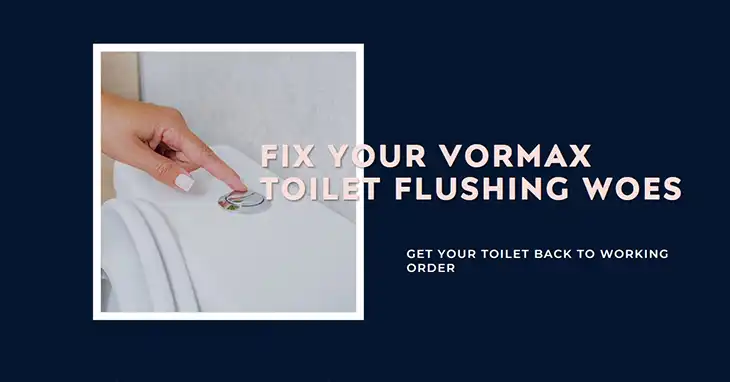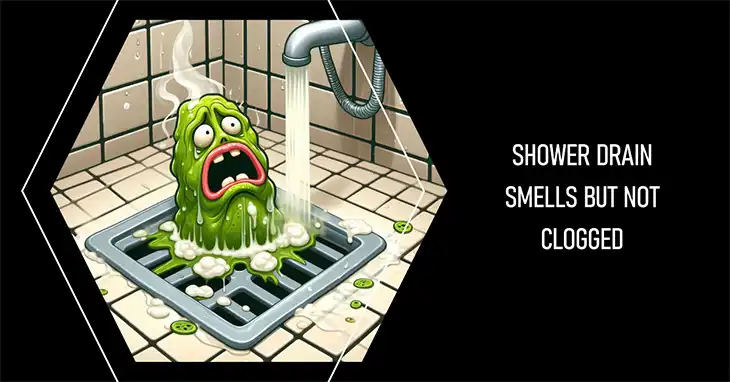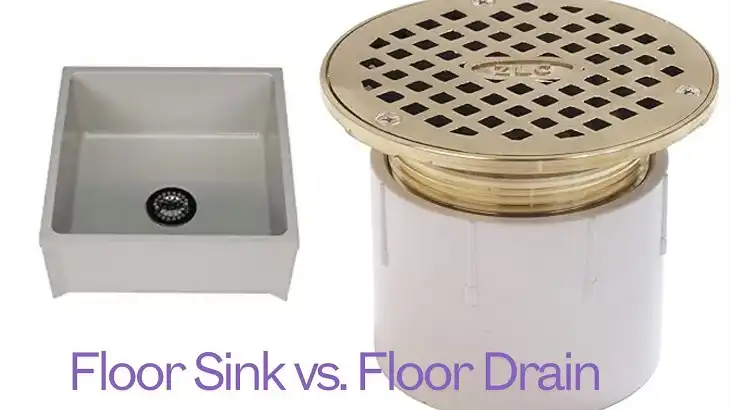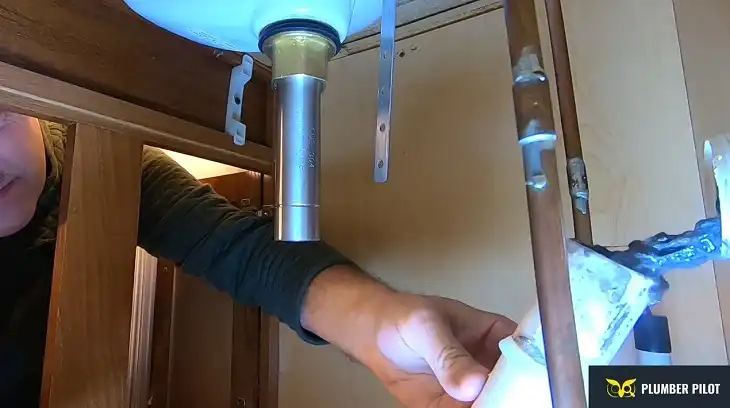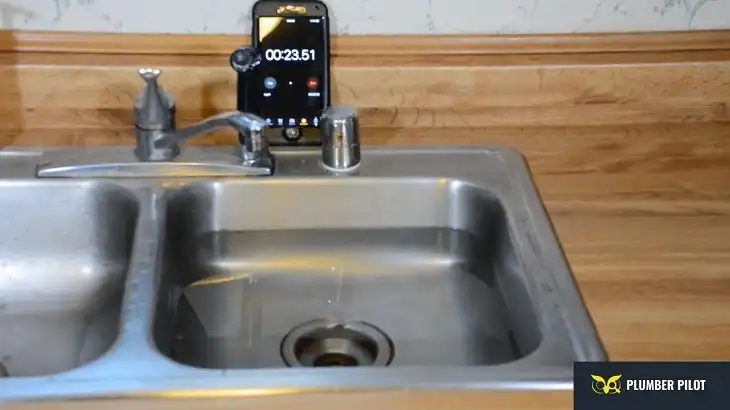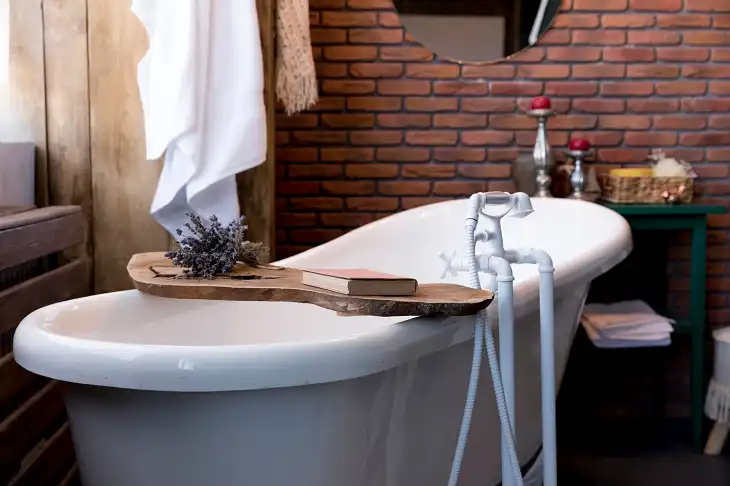How to Unclog a Toilet with Salt?
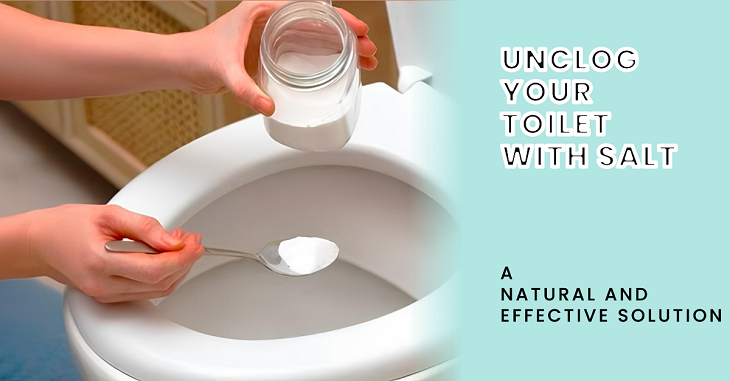
If your toilet is clogged and you want a quick, affordable, and safe solution, using salt is an effective method that doesn’t require harsh chemicals or a plunger. Salt can break down minor blockages, especially if combined with hot water and other household items. In this article, you’ll learn step-by-step how to use salt to clear a clogged toilet, why it works, and when to call in professional help if needed.
Does Salt Really Work for Unclogging Toilets?
Yes, salt can help dislodge mild to moderate clogs, especially when it’s combined with hot water. The coarse texture of salt can break down materials causing the blockage, such as paper or waste buildup. The heat from hot water also helps to soften any hardened debris, allowing it to pass through more easily. This method works best for clogs near the toilet bowl and not deep within the pipes.
How to Use Salt to Unclog a Toilet
Using salt to unclog a toilet is straightforward and involves only a few household ingredients. Follow these steps for the best results:
- Gather Your Supplies
You’ll need about 1 cup of table salt or rock salt, along with 1 gallon of hot water. Avoid using boiling water, as it can crack porcelain. If you want to enhance the effect, have baking soda and white vinegar on hand as well. - Pour Salt Directly into the Toilet Bowl
Begin by pouring 1 cup of salt into the toilet bowl. Make sure the salt settles near the clog area and not just around the edges. If you have rock salt, it works even better due to its larger, more abrasive granules. - Add Hot Water Slowly
After the salt has settled, slowly pour 1 gallon of hot water into the toilet bowl. Pour from a low height to prevent splashing. The hot water helps dissolve the salt and any debris causing the clog. Let it sit for about 15 minutes. - Flush the Toilet
Try flushing the toilet to see if the clog has cleared. If the water drains slowly or is still backed up, you may need to repeat the process. In some cases, it can take two or three attempts for stubborn clogs. - Enhance with Baking Soda and Vinegar (Optional)
If the salt and hot water alone don’t do the trick, try adding 1 cup of baking soda to the bowl, followed by 2 cups of white vinegar. This combination creates a fizzy reaction that helps break down blockages further. Wait another 10–15 minutes before flushing again.
Why Does Salt Work for Unclogging Toilets?
Salt works for unclogging toilets due to its coarse texture, which acts as a mild abrasive, helping to break up soft clogs like tissue paper and minor organic matter. The combination of salt and hot water also works to dissolve and loosen buildup, making it easier to push the blockage through the plumbing system. Additionally, salt is a safer alternative to chemical drain cleaners, which can damage pipes over time.
Is Salt Safe for Your Toilet?
Yes, salt is safe for your toilet and plumbing. It won’t corrode pipes, and it’s gentle on porcelain surfaces. However, using excessive amounts repeatedly could lead to minor buildup over time. When used correctly and in moderation, salt is a great option for minor clogs and regular maintenance.
How Long Does It Take for Salt to Unclog a Toilet?
Typically, salt should start working within 15–30 minutes, depending on the severity of the clog. If the blockage is more severe or located deep within the pipes, it may take longer or require multiple attempts. In general, if you don’t see results after two or three tries, it’s a sign that the clog might be more serious and need professional attention.
Can You Use Epsom Salt to Unclog a Toilet?
Yes, Epsom salt can also be used to unclog a toilet. Epsom salt has a similar effect but may be even more effective due to its larger granules and chemical properties. When mixed with hot water, Epsom salt creates a foamy reaction that helps break down stubborn clogs.
What to Do If Salt Doesn’t Work
If the salt method doesn’t clear your clog, it could indicate a more significant issue such as:
- A Hard Object Clogging the Toilet: Toys, brushes, or other non-dissolvable objects can cause blockages that salt cannot break down.
- A Clog Deep in the Pipes: Clogs further down the drainage system may need a plumber’s snake or auger to reach.
- Severe Buildup in the Plumbing: Grease, mineral deposits, or hardened debris might require professional equipment to remove.
If you’ve tried salt, baking soda, and vinegar, and the problem persists, consider calling a professional plumber to assess and fix the issue.
When Should You Call a Plumber?
Call a plumber if:
- The toilet remains clogged after multiple attempts.
- You hear gurgling noises or notice water backing up in other drains.
- There is persistent foul odor from the toilet.
- The clog has been an ongoing issue for several weeks.
These symptoms may indicate a serious blockage deep within the sewer line, requiring professional tools and expertise to resolve.
Final Thoughts
Using salt to unclog a toilet is an effective, safe, and eco-friendly solution for minor clogs. By following the simple steps outlined above, you can usually resolve the issue without resorting to harsh chemicals or calling in a professional. If the problem persists, however, it’s essential to seek professional help to prevent potential damage to your plumbing system.
FAQs
Can I use salt alone to unclog a toilet?
Yes, but for better results, it’s recommended to combine salt with hot water. The heat helps soften the clog, while the salt’s abrasive properties break it up.
Will salt damage my toilet or pipes?
No, salt is safe for your toilet and plumbing when used in moderate amounts. It’s a much safer alternative to chemical drain cleaners.
How much salt should I use to unclog a toilet?
Use about 1 cup of salt combined with 1 gallon of hot water. If the clog is severe, you can repeat the process with additional salt and hot water.
What if the toilet still won’t flush after using salt?
If the toilet remains clogged, try using a plunger or a plumber’s snake. You can also try combining salt with baking soda and vinegar for a more potent solution.
How can I prevent future clogs?
Avoid flushing large amounts of toilet paper, feminine products, or other non-flushable items. Regular maintenance, like using salt occasionally, can also help keep minor clogs at bay.

